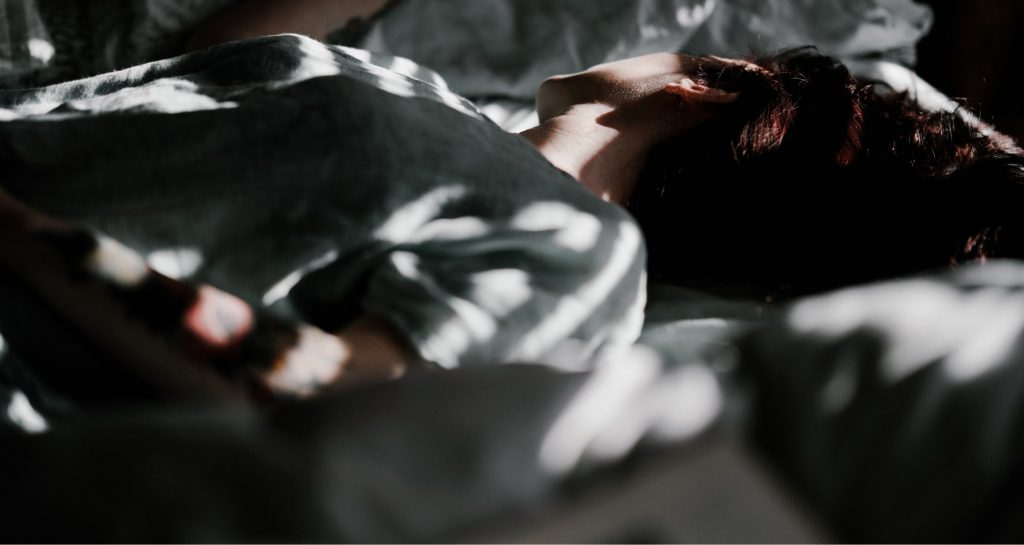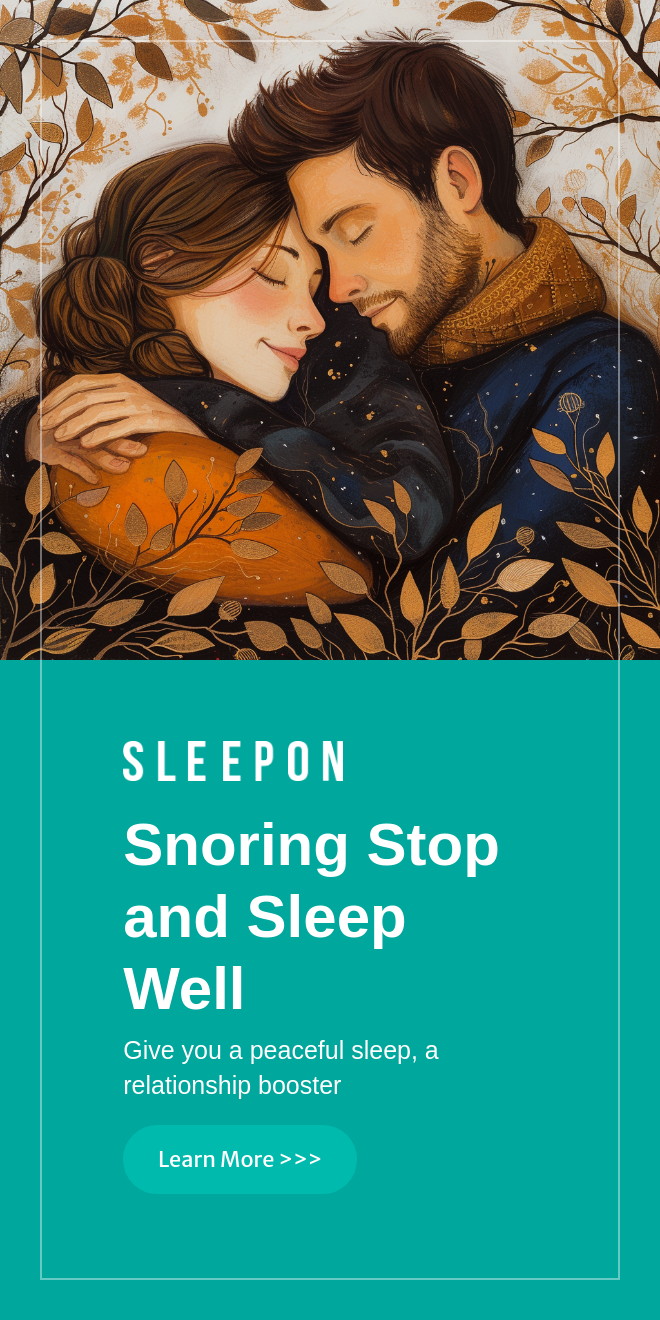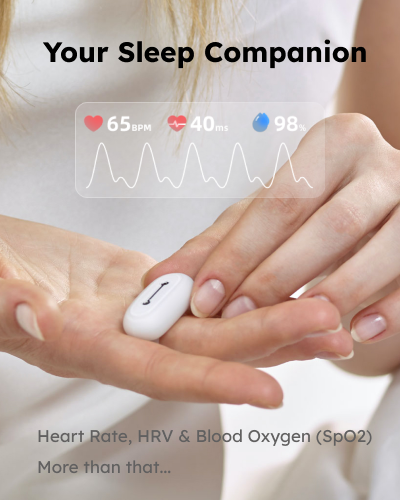Understanding sleep cycle
Even though you’re not conscious during sleep, your brain is deceptively active. It goes through multiple cycles with distinct brain patterns, and it’s very important to your ability to perform normal functions when you’re awake.
The sleep cycle occurs in five stages, the first four consists of the non REM sleep, and the last stage consists of REM sleep, in adult humans the non REM sleep accounts for about 75 to 80 percent of the total sleep also called as the NREM sleep due to the lack of rapid eye movements in this stage of sleep.

Stage 1 is characterized by drowsiness stage
Stage 2 by light sleep.
Stage 3 & 4 by deep sleep.
The first 4 stages are all considered non-rapid eye movement, or non-REM which we will abbreviate as N1, N2, N3, and N4.
Wake is the period when brain wave activity is at its highest and muscle tone is active.



Stage N1 is the lightest stage of NREM sleep. Often defined by the presence of slow eye movements, this drowsy sleep stage can be easily disrupted causing awakenings or arousals. Muscle tone throughout the body relaxes and brain wave activity begins to slow from that of awake. Occasionally people may experience hypnic jerks or abrupt muscle spasms and may even experience a sensation of falling while drifting in and out of Stage N1.
Stage N2 is the first actual stage of defined NREM sleep. Awakenings or arousals do not occur as easily as in Stage N1 sleep and the slow-moving eye rolls discontinue. Brain waves continue to slow with specific bursts of rapid activity known as sleep spindles intermixed with sleep structures known as K-complexes. Both sleep spindles and K-complexes are thought to serve as protection for the brain from awakening from sleep. Body temperature begins to decrease and heart rate begins to slow.

Stage N3 and N4 are known as deep NREM sleep. The most restorative stage of sleep, this stage consists of delta waves or slow waves. Awakenings or arousals are rare and often it is difficult to awaken someone in Stage N3 sleep. Parasomnias (sleepwalking, sleep talking, or somniloquy and night terrors) occur during the deepest stage of sleep.
REM sleep, also known as rapid eye movement, is most commonly known as the dreaming stage. Eye movements are rapid, moving from side to side and brain waves are more active than in Stages NREM of sleep. Awakenings and arousals can occur more easily in REM; being woken during a REM period can leave one feeling groggy or overly sleepy.
Comments (3)
Leave a Reply Cancel reply
Recent Posts
- Black Friday Sleep Tech Mega Sale — Up to 58% OFF Smart Rings & Anti-Snoring Devices
- Finally, Sleep Naturally Again — The Mask-Free Way to Rest Better and Wake Up Refreshed
- How to Prepare Your Body Before Surgery for Better Recovery and Long-Term Success
- Stop Snoring Naturally: How MRD_M2 Helps Couples Sleep Better and Reconnect
- GO2SLEEP 3 Review: The Most Accurate Science-Backed Sleep Tracker Under $110
ALL ARTICLES
Subscribe Us
Products
Company
Copyright © SLEEPON. All rights reserved.
SLEEPON keeps both Sleeponhealth and Sleepon.us due to the brand upgrading. We promise to provide the same products and service in both sites.








I think, that you are not right. I am assured. I can defend the position. Write to me in PM, we will communicate.
https://virtual-local-numbers.com
It is rather valuable answer